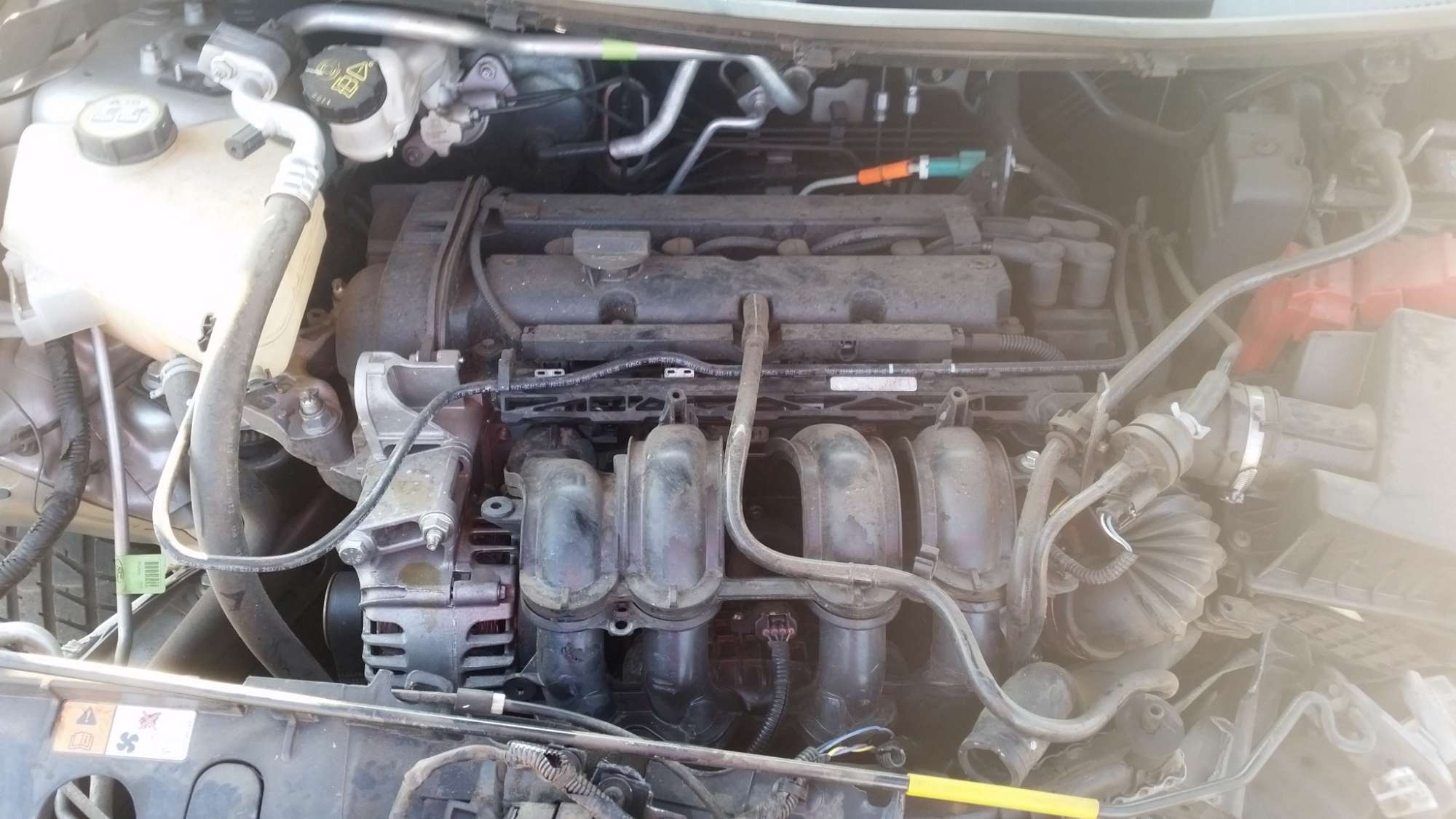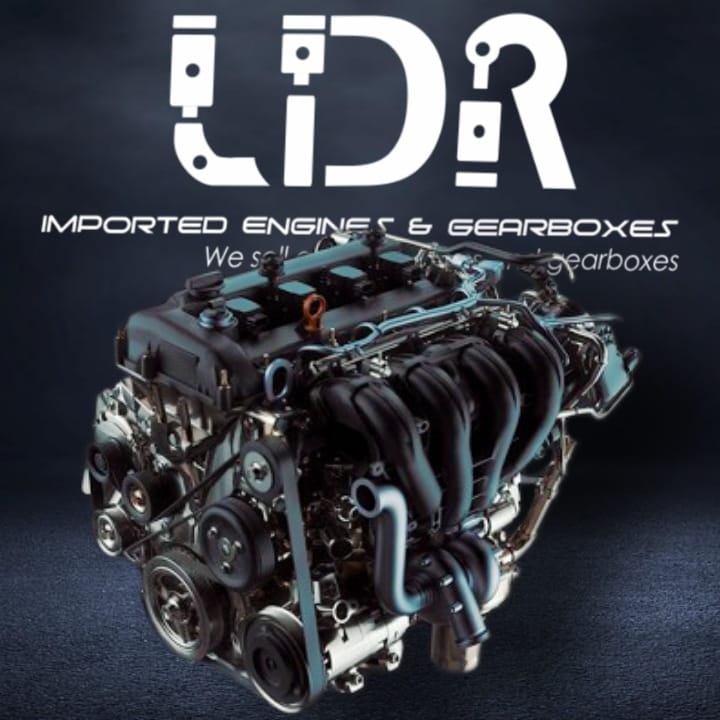Essential Services for Keeping Your Ford Fiesta Engine in Peak Condition
Wiki Article
Checking Out the Evolution of Engines: From Timeless Styles to Modern Marvels
From the preliminary heavy steam engines that powered the Industrial Transformation to the emergence of internal burning engines that changed flexibility, each phase has contributed to better efficiency and capability. As we analyze these milestones, one must take into consideration how the future of engine layout might unfold, testing our perceptions of power and efficiency.The Birth of Engine Modern Technology
The introduction of engine innovation marked a pivotal moment in human advancement, transforming energy conversion and transport. The earliest engines emerged from the demand to harness mechanical power for useful usage, leading to the advancement of gadgets that converted numerous energy forms right into motion. The principle of the engine can be mapped back to old human beings, where easy devices, such as the waterwheel and windmill, utilized all-natural pressures to execute job. Nevertheless, it was during the late 17th and early 18th centuries that considerable innovations started to materialize.The advancement of the internal burning engine and the development of the vapor engine militarized a profound shift in industrial abilities. These engines not just enhanced effectiveness yet likewise increased the scope of human wheelchair, allowing unprecedented transportation opportunities. The very early prototypes laid the groundwork for the mechanical globe, promoting the rise of markets and reshaping social structures.
As engine layouts advanced, they included cutting-edge products and advanced engineering principles, leading the way for modern-day advancements - ford fiesta engine. The birth of engine technology sparked a relentless pursuit of effectiveness and power, setting the stage for the vibrant development of transport and industrial equipment that would follow
Vapor Engines and Their Influence

The heavy steam engine's influence was especially evident in the transportation market (ford fiesta engine). Steam-powered engines assisted in the rapid movement of products and people throughout substantial ranges, properly diminishing the geographical obstacles that had formerly prevented profession and communication. In a similar way, steamships changed maritime travel, permitting quicker and more dependable crossings of seas and rivers.
In sector, steam engines powered factories, making it possible for mass manufacturing and the rise of metropolitan centers as hubs of economic activity. Heavy steam modern technology promoted advancements in engineering and production procedures, laying the groundwork for future improvements in engine design.
The Rise of Internal Combustion
Frequently eclipsing heavy steam power, the surge of interior burning engines marked a transformative shift in transport and sector throughout the late 19th and very early 20th centuries. The growth of these engines, characterized by their capability to shed gas within the engine itself, made it possible for better effectiveness and power compared to conventional steam engines. Pioneering innovators such as Nikolaus Otto and Rudolf Diesel played crucial functions in refining engine layouts, bring about extensive adoption in cars, watercrafts, and industrial machinery.The inner burning engine's small dimension and reasonably lightweight nature promoted the appearance of personal vehicles, changing specific movement and improving city landscapes. By making it possible for faster traveling and the reliable transport of goods, these engines catalyzed economic development and fostered globalization. The versatility of gas choices, consisting of fuel and diesel, further improved their charm, permitting for varied applications across numerous sectors.
In spite of the ecological concerns that would later occur, the preliminary appeal of interior combustion technology lay in its transformative possibility. As society welcomed this technology, the structure was laid for modern-day transport systems, developing internal burning engines as a foundation of commercial development and everyday life throughout the 20th century.
Advancements in Engine Efficiency
As interior combustion engines became integral to transportation and industry, the emphasis shifted towards enhancing their efficiency to satisfy growing needs for performance and sustainability. Developments in engine style, material science, and technology have considerably added to this development.One major advancement is the find more information growth of turbocharging, which permits raised air consumption, causing more full fuel combustion and improved power output without increasing the size of engine size. Furthermore, variable shutoff timing systems have been implemented to optimize engine performance across numerous RPM varieties, consequently boosting fuel performance.
The use of advanced fuel injection modern technologies, such as straight shot, has actually additionally played a crucial function. This technique permits for even more specific control over the fuel-air combination, advertising better burning and lowering emissions. Light-weight products, including light weight aluminum and composite parts, have actually been embraced to lower total engine weight, leading to boosted effectiveness.
These developments reflect a wider trend within the automobile industry, where the synergy in between design advancement and ecological factors to consider drives the ongoing pursuit for greater efficiency in inner burning engines. As a result, modern-day engines are now extra powerful, cleaner, and reliable than in the past, leading the way for a much more lasting future in transport.
The Change to Electric Power
With expanding concerns over environmental effect and nonrenewable fuel source dependence, the automotive market is experiencing a significant shift in the direction of electrical power. This transition is driven by a combination of technological advancements, governing pressures, and altering customer preferences. Electric lorries (EVs) use a compelling option to typical internal combustion engines, flaunting decreased greenhouse gas exhausts and reduced operating costs.The rise of battery technology has actually been a game changer, with lithium-ion batteries ending up being a lot more reliable and cost-effective. Enhanced power density and faster billing capacities have actually made EVs a lot more useful for daily use. Additionally, federal governments worldwide are executing rewards and setting ambitious targets for terminating fossil fuel automobiles, therefore accelerating the adoption of electric power.
As you can check here billing facilities expands and battery technology proceeds to improve, the change to electric power is poised to improve the automotive landscape, advertising sustainability and advancement in the years to come. The future of transport is electric, and the energy is obvious.
Final Thought
The advancement of engine modern technology represents a substantial trajectory of development that has actually profoundly influenced transportation and industry. From the fundamental steam engines to the transformative internal burning engines, each development has actually added to enhanced mobility and economic development. The current change toward electrical power underscores a vital dedication to sustainability, driven by improvements in battery technology. This continuous development not just mirrors transforming societal needs but additionally highlights the possibility for a cleaner and a lot more reliable future in engine style.
Report this wiki page